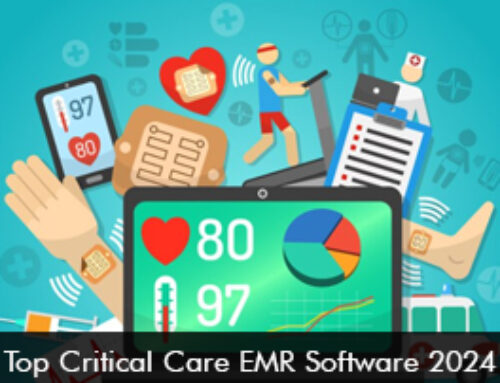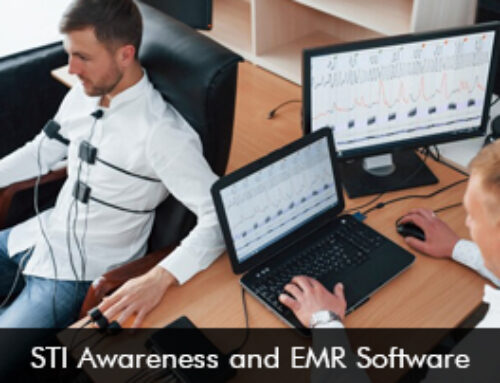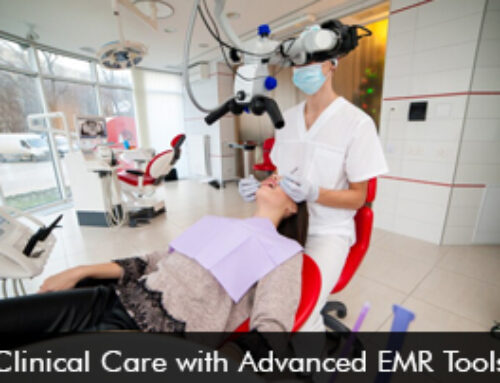The major aim behind this is to streamline interoperability between public health agencies and private systems for the purpose of disease monitoring and rapid outbreak response. A collaboration of healthcare, health information technology and public health organizations, commonly known as the Digital Bridge is working on the promise that improving medical information sharing of patients can vastly improve the nation’s health.
The collaboration has so far designed a unique approach to electronic case reporting called eCR and it is currently being rolled out in the states and cities across the USA. The main goal behind this gigantic effort is to enable eCR to improve public health surveillance of infectious diseases. The improved public health surveillance is expected to lessen the burden on providers that they currently suffer when attempting to meet the public health reporting requirements.
Digital Bridge is looking forward to promote partnerships which improve data for clinical and public health practices and further lower costs for medical information sharing. The endeavor involves streamlining interoperability between the IT systems public health agencies use to monitor disease trends and respond to outbreaks and EHR systems. Public Health Informatics Institute Practice Support Director Jim Jellison said, “Our current focus is on automating the public health reporting process for infectious diseases.”
One of the major barriers to eCR happens to be the fact that infectious disease reporting is heavily regulated at local and state jurisdictional levels. This means that the case reporting criteria will definitely vary from state to state and this very aspect will make it difficult for healthcare providers and IT developers operating at across state boundaries to share data.
“There is good news on this score, however. Public health stakeholders are harmonizing case reporting data requirements on a new HL7 standard for eCR and building a decision support platform that mitigates the variation in state reporting requirements,” Jellison said.
The Association of Public Health Laboratories, Centers for Disease Control and Prevention, and Council of State and Territorial Epidemiologists have also led the development of these tools. Deloitte, the de Beaumont Foundation and Robert Wood Johnson Foundation are the funders of this project.







